What Is The Meaning Of Nabanna? It's Not Just Mamata Banerjee's Head Office
Here's all you want to know about Nabanno or Nabanna.
)
Nabanno/Nabanna is yet again in the spotlight following the ongoing turmoil in West Bengal, with Kolkata Nabanna March, Kolkata ‘Nabanna Abhijan’ rally trending highly in the online and social media. However, did you know that Nabanna is not just Chief Minister Mamata Banerjee's Office Building? Nabanno/Nabanna has a more deeper meaning and layered word --a Bengali harvest festival and celebration of Bengali delicacies. Here's all you want to know about Nabanno or Nabanna.
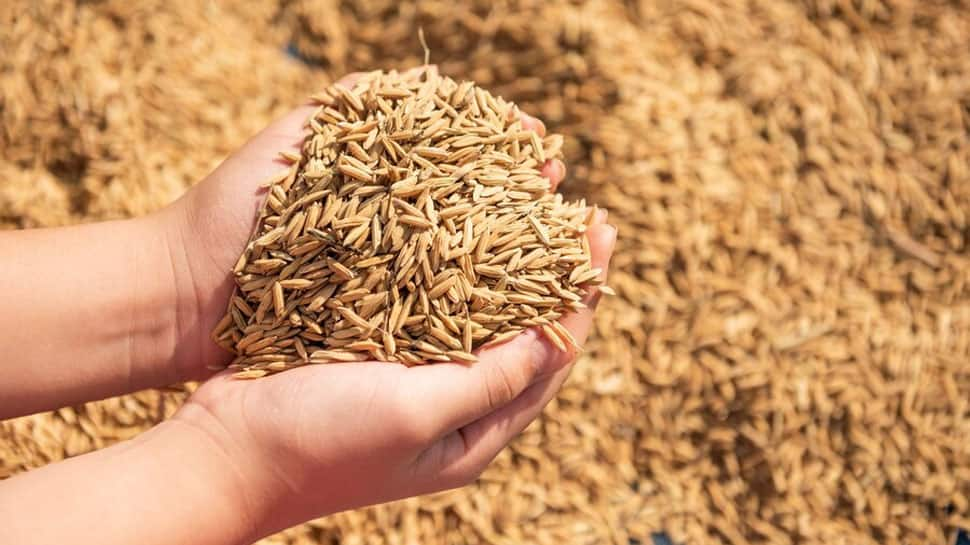
The Bengali meaning of Nabanno (নবান্ন) is the combination of two simple words --Naba (meaning new), Anna (meaning grains).

Bengal has since time immemorial celebrated Nabanno festival to ensure good harvest, crop cultivation and prosperity. Nabanna and poush parvan are observed to celebrate the harvesting of paddy (dhaan) --the staple of Bengali household.
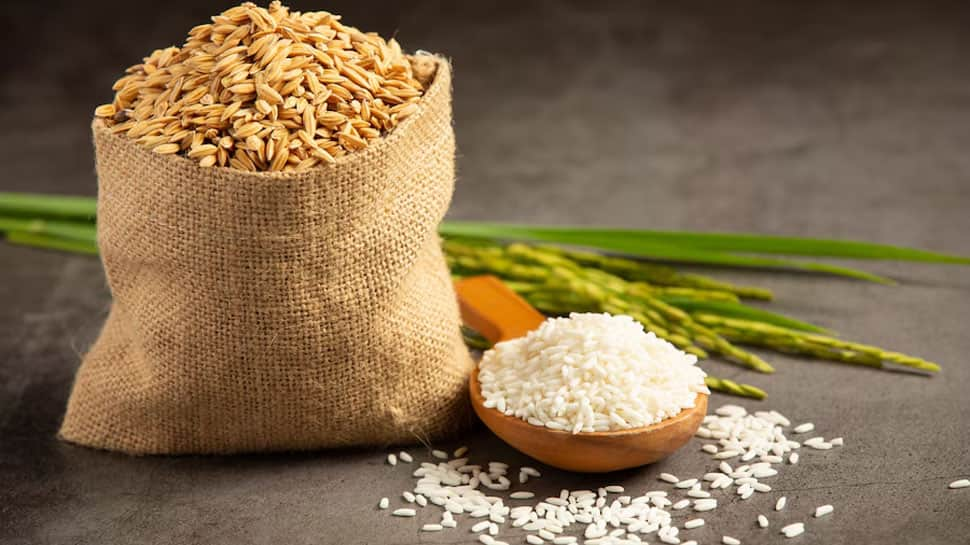
Bengalis pay homage to Lakshmi (goddess of wealth and prosperity) when new crops are harvested. Rice delicacies or dumplings (pithe-puli) are being made using milk, rice powder, new-crop date palm jaggery and coconut. These are then distributed among family, friends and relatives.
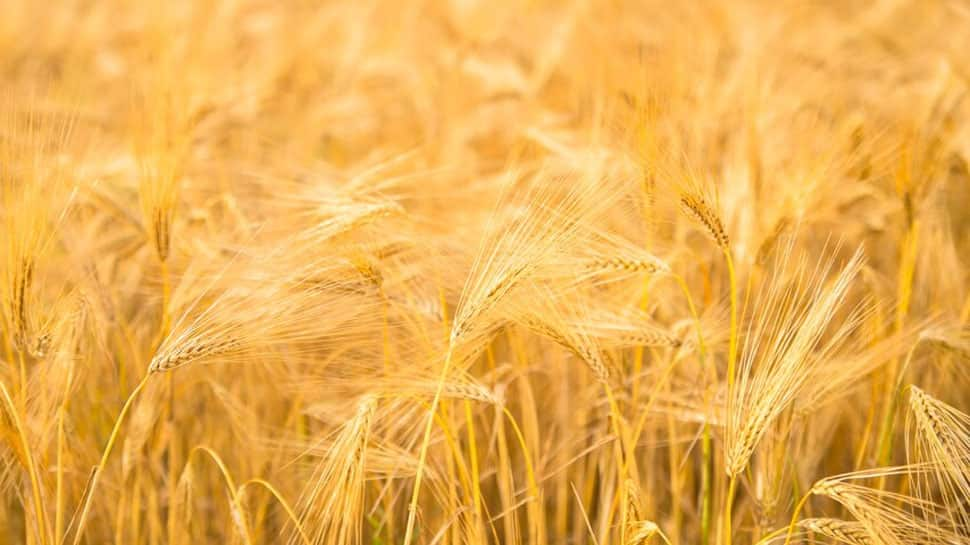
During Agrahayan poush, the Nabanno preparation--rice pancake, rice dumpling and rice porridge -- is being made and offered to goddess Lakshmi.
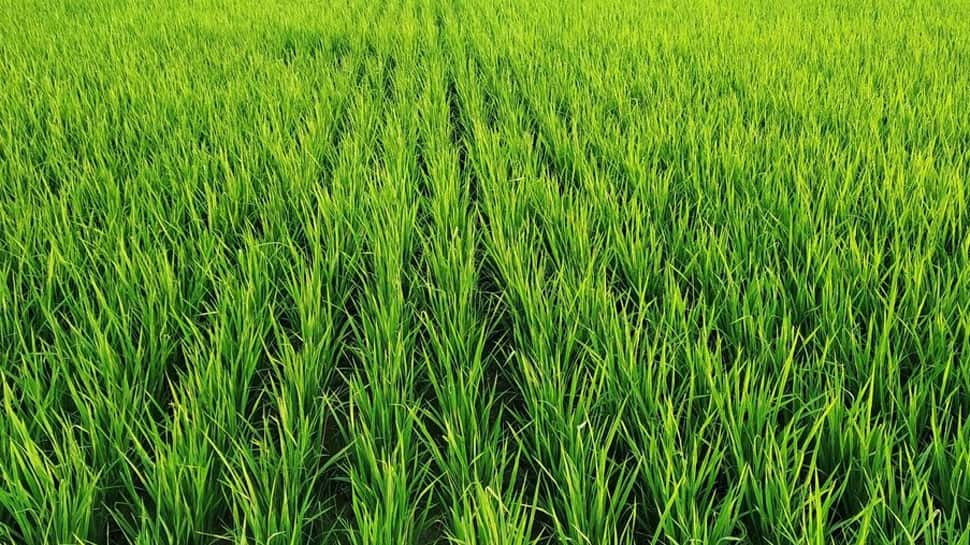
In the east of Bengal, which is Bangladesh, Nabanna is a drink, prepared with new rice, green coconut juice and is a trademark of Chittagong district.
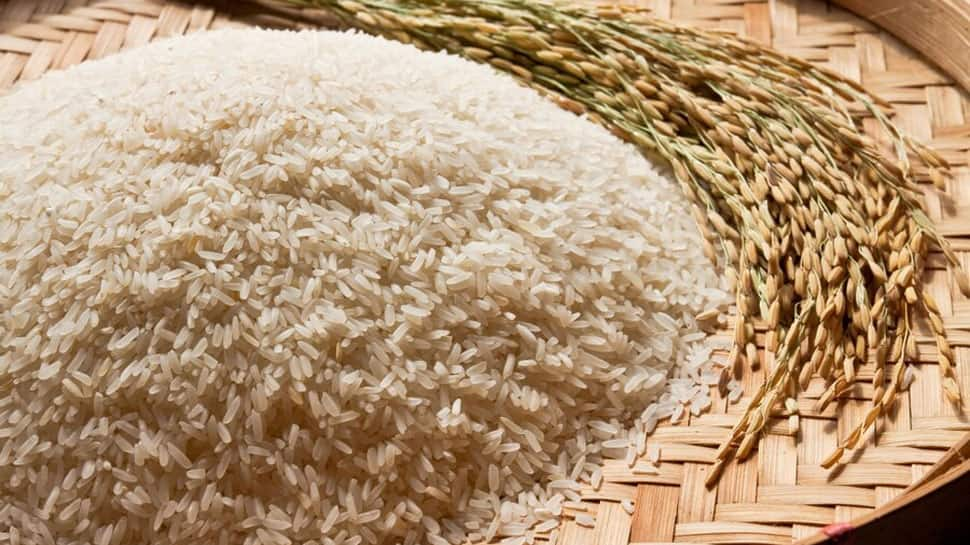
Nabanna preparation traditionally includes a mixture of paste of sweet smelling new-rice soaked overnight, raw milk, new crop palm jaggery, grated coconut, khoi (popped rice).
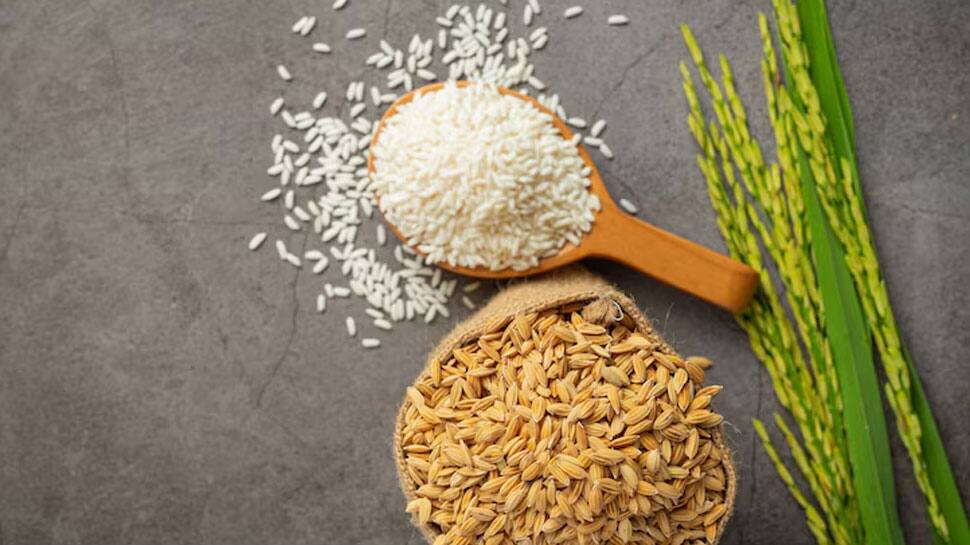
Thus Nabanna, meaning "new rice", symbolises new beginning, new hope, a time to celebrate. Its earthy and rural farm based feel has a deep and meaningful space in the hearts of every Bengali household.

